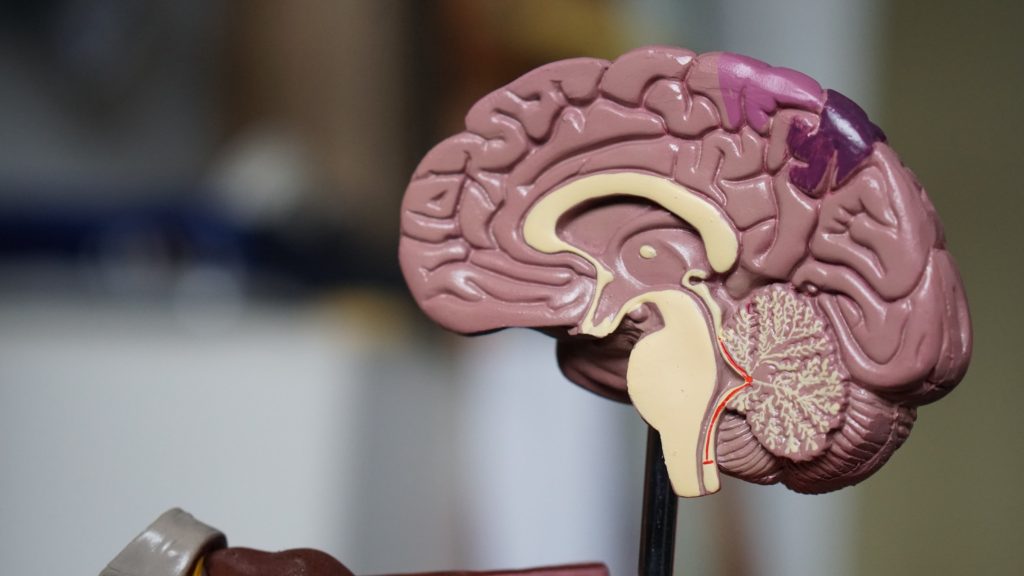Contents
Dancing Increases Serotonin Production
Everybody enjoys dancing. Whether it’s alone in your room or out with friends; rocking out to an upbeat tune, or rolling your hips to an R&B jam. Moving our bodies to the rhythm of music makes us feel energized, liberated, and can be great for stress relief. Moreover, many of us have heard of brain chemicals such as serotonin or dopamine, which are imperative to our happiness. However, did you know that dancing releases serotonin, dopamine, and other happiness hormones?
Not that you need any more of a reason to dance, but there is research to prove that dancing is good for the mind and body. Simply put, science says that dancing is good for you! A special combination of ‘happiness hormones’ react together to improve physical and emotional health.
Get Your DOSE of Happiness Hormones

There have been many studies that show the positive effects of dancing on human health. In particular, there are unique benefits to dancing together with other people as we synchronize our bodies to the sound of music. UC Berkeley's Greater Good Science Center (GGSC) released a report that highlights the effects of four ‘happiness hormones’ in our brains – dopamine, oxytocin, serotonin and endorphin – that make up the shorthand ‘DOSE’. A special combination of these DOSE chemicals are released during dancing, each of which have a unique and positive impact on the health of both mind and body.

Dopamine
Dopamine is released when we enjoy, remember, or anticipate pleasurable moments. It is a hormone that stimulates our motivation, and curiosity to explore. It’s also believed that routinely activating dopamine pathways through daily activities can help people to generally feel more joy and optimism in day-to-day life. In terms of dancing, the act of dancing releases dopamine when we listen to enjoyable, rhythmic music, which is imperative for a good dance party. This means that playing your favorite song and singing at the top of your lungs is scientifically proven to make you happier!

Oxytocin
Oxytocin is released in the brain when we experience interpersonal connections with other people in close proximity. For example, friendly eye contact, amiable touch, or coordination of movement. Increased Oxytocin promotes feelings of trust and human connection, as well as diminish the impact of anxiety. Dancing together with friends in close proximity, mirroring each other’s motions and moving shoulder-to-shoulder, oxytocin is released, strengthening the interpersonal connection and amicable emotion between dance partners.
Serotonin
Serotonin is a chemical that promotes emotional contentment and ease of heart. A healthy and steady level of serotonin will act as a protector against depressive and anxious moods, as well as improve quality of sleep. It is sometimes known as the ‘happy chemical’, for its contributions to positive temperament and general wellbeing. But how exactly does dancing release serotonin? First, exercise stimulates the brain to increase serotonin production. Furthermore, the physically enduring act of dancing will increase the circulation of serotonin around your neural pathways.

Endorphins
The endorphin system, similar to serotonin, is activated during exercise. Endorphins are the secret behind what is described as ‘runner’s high’; the euphoric and exhilirating feeling that washes over us when running long distance. In terms of effects, endorphins act similar to dopamine, in that they represent pleasure in the brain. Endorphins will inhibit any unpleasant feelings, allowing you to feel more positive and optimistic. On top of that, endorphins will limit feelings of fatigue and pain, creating a sense of lively energy. Dancing will release these endorphins, getting you in the zone of feeling tireless and energized!

Dancing Increases Serotonin for Sustainable Happiness
Dancing releases dopamine, oxytocin, serotonin, and endorphins. However, interestingly enough, none of the DOSE chemicals act individually. Instead, they combine and influence one another to create the cycle of happy hormones and positive emotions in the brain. Exercise is typically recommended for the maintenance of a healthy mind and body. The act of dancing in particular, however, releases a healthy combination of happiness hormones that benefit you emotionally, physically, and socially.
Dance Party for One
While the GGSC’s report recommends dancing in social situations as effectual for mental wellbeing, dancing on your own is just as beneficial. Dancing – regardless of whether it is in a social situation or in isolation – will release these ‘happiness’ chemicals, creating positive benefits inluding contributions to improved self-esteem and healthy coping strategies. Sometimes, the thought of exercise can be a drag – but now you know, all you need to do it just turn up your favorite song and jam out!

Looking to improve your mental wellbeing? Try the SELF MIND app FREE for 1 week!
If you’re looking for more tips on how to care for your mental health, check out some of our past blog posts!
References:
Simon-Thomas, E. (2019, September 21). Dancing and Sustainable Happiness Go Hand in Hand. Retrieved June 25, 2020, from https://lgexperiencehappiness.com/resources/dancing-and-sustainable-happiness-go-hand-in-hand/
Kosik, A. (2019, October 11). Here’s why dancing is good for your brain. Retrieved June 25, 2020, from https://www.theladders.com/career-advice/heres-why-dancing-is-good-for-your-brain
Murcia, C. Q., Kreutz, G., Clift, S., & Bongard, S. (2010). Shall we dance? An exploration of the perceived benefits of dancing on well-being. Arts & Health, 2(2), 149-163. doi:10.1080/17533010903488582



